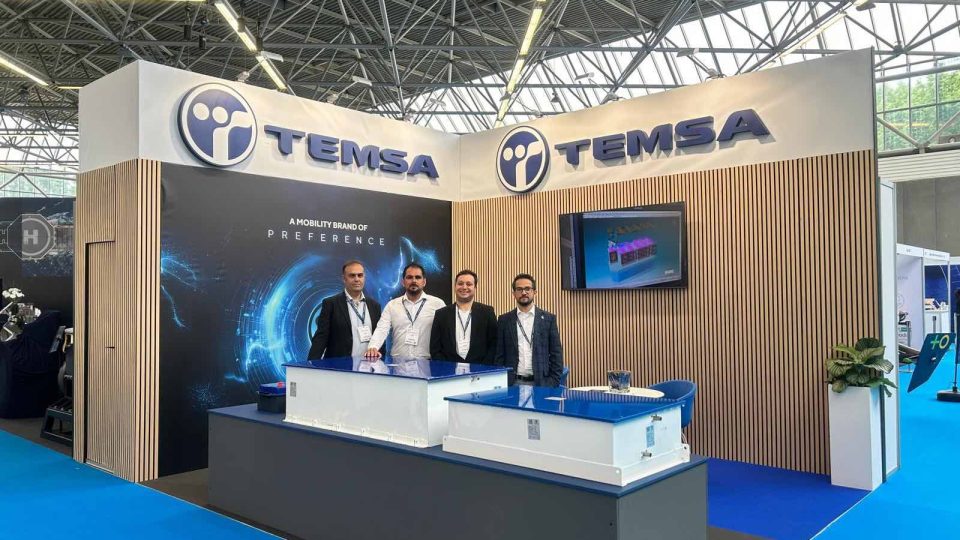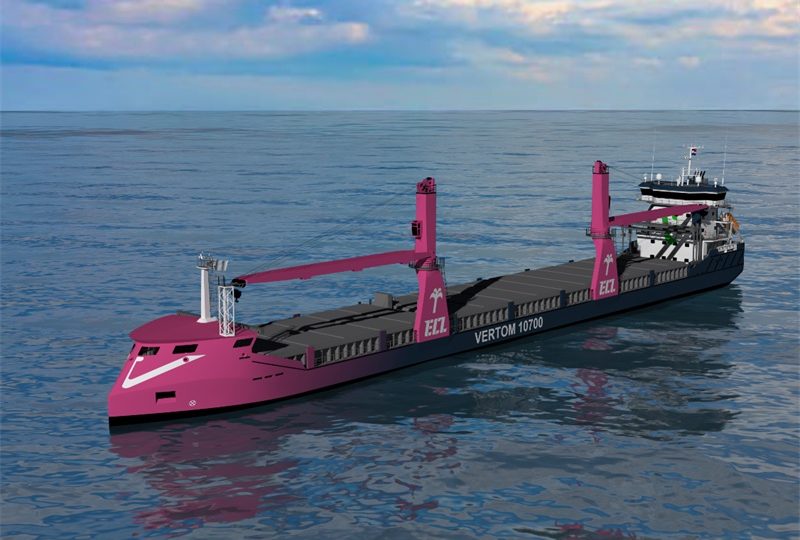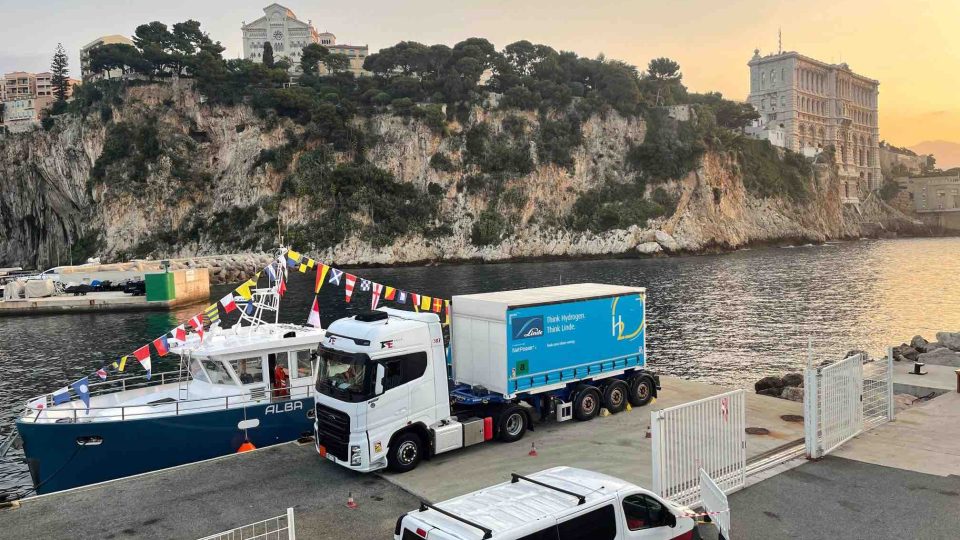Seatec and alternative fuels
Seatec (Sea Technology) is dedicated to marine technology and components. The location is in Tuscany, very close to Viareggio district. VIAREGGIO? IT’S AZIMUT BENETTI, PERINI AND VERSILIA YACHTING’S HOME Carrara Fiere hosted a workshop on the possibilities of hybridization of pleasure boating. The speakers touched on all the salient points of transmission electrification, from different […]
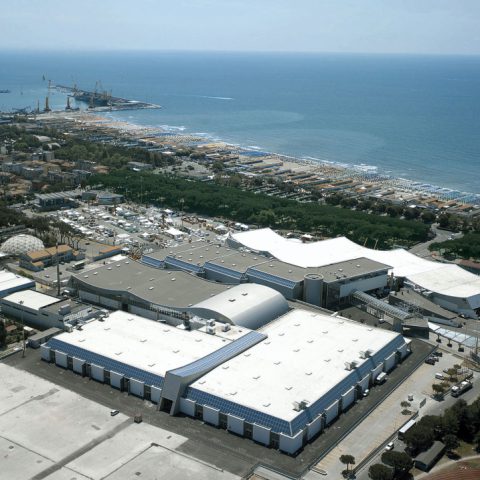
Seatec (Sea Technology) is dedicated to marine technology and components. The location is in Tuscany, very close to Viareggio district.
VIAREGGIO? IT’S AZIMUT BENETTI, PERINI AND VERSILIA YACHTING’S HOME
Carrara Fiere hosted a workshop on the possibilities of hybridization of pleasure boating. The speakers touched on all the salient points of transmission electrification, from different solutions for the integration of electric motors and internal combustion engines, to full-electric vessels, to the updating of navigation regulations.
Transfluid says
At Seatec Transfluid is the first to speak. The Italian company invests in the development of permanent magnet motors. A peculiarity of this type of motors that induction motors do not have, is that they do not need external energy to energize, because the voltage is generated by the movement of the rotor. Among the advantages, the defluxing is less likely than in asynchronous motors since the excitation remains constant. The generator mode is also available with low batteries, as there is no need for an external magnetizing current, and since the machine does not have to be magnetized, all the current produces torque. Most PM motors require position sensors, however, and on average the alloys used make them more expensive. However, there is room for improvement both in the technological use of materials for magnets and for the magnetic circuit, and in calculation using innovative tools for optimization and computer simulation
Seatec and Diesel Center
Andrea Frabetti, from Diesel Center, emphasizes the hybrid configuration in parallel, with 2 main diesel engines (1,900 kW) coupled to as many permanent magnet motors (300 kW), and 2 generators (250 kW) for hotel services. Starting from the fact that this solution has dimensions equivalent to those of a full-diesel, the diesel-generator-electric combination along the propeller shaft offers up to 7 different modes of navigation, from zero emission (hotel) to booster mode, passing through the use of only one of the main diesel engines. In essence, when the watchwords are optimisation, savings and sustainability, the hybrid propulsion is ready to put itself at the service of pleasure boating.
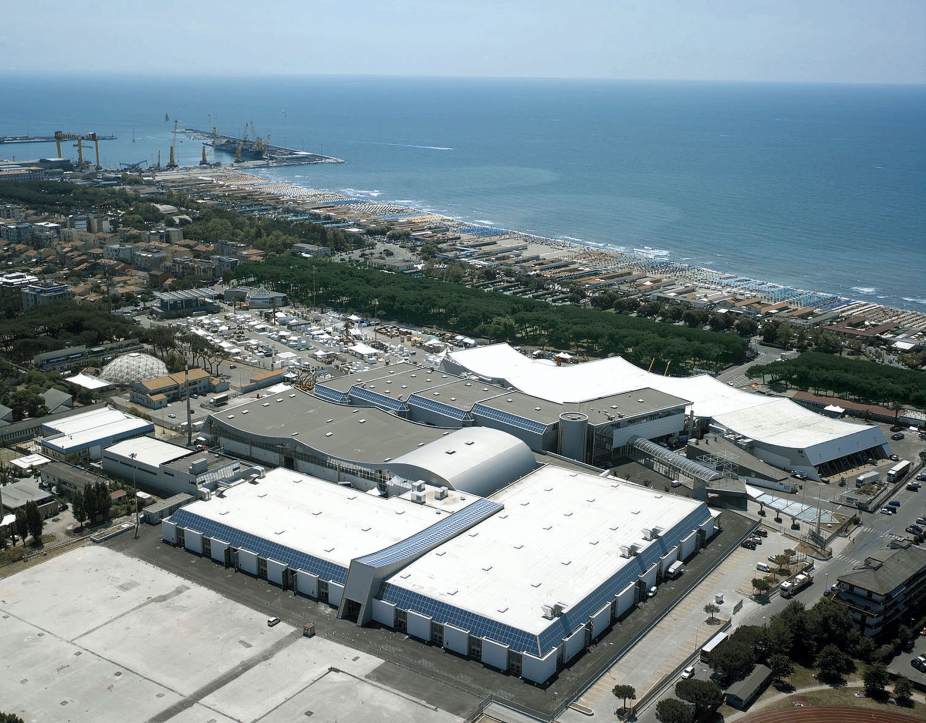
Torqeedo at Seatec
Electric motors and marine applications? Torqeedo was a must, and Ulf Kanne spoke on behalf of the Deutz Group company. On focus the electrification of large vehicles and cooperation with BMW in the field of batteries. Are we at a turning point? Kanne is asked. On the one hand the total cost of energy is falling, on the other hand the batteries are becoming increasingly efficient at the power density and in turn cheaper. Until the switch to electricity becomes fully cost-effective, many national and local institutions are considering final restrictions on the use of internal combustion engines. For some urban centres, one idea might be to make more, and more sustainable, use of inland waterways. If a combustion boat pollutes much more than land, the use of electric vessels could reduce emission levels (-69% compared to diesel and -21% compared to hybrid). This is what is highlighted by the case study reported, relating to an Asian urban community where the test was conducted. Design optimisation could also play a central role in pursuing emission reductions.
Creusen Marine and Transfluid
The solutions presented by Jeff Pereira of Creusen Marine and Andrea Faggioni of Transfluid are in line with the idea of targeted electrification. Creusen’s technical offer for the nautical sector covers a wide range of applications, but as far as small boats are concerned, the brushless POD permanent magnet propulsion system is a tailor-made solution, with powers between 2 and 10 kilowatts (up to 60 on request). The compact and handy design, with IP69 protection levels, is one of the features that make the POD a valid and dynamic option for pleasure boating. Total rotation up to 270°, without the need for a stern rudder (tiller or wheel rudder), 48 volt power supply to adapt to the most common types of batteries, positioning on the propeller shaft therefore without the need for additional gears or cooling systems (the surrounding water is enough). To demonstrate its versatility, the POD propulsion system has been tested in a sensitive context such as the Venice Lagoon, but it promises reliability in numerous contexts such as marine parks, switching between small cabotage, local fishing and recreational.






